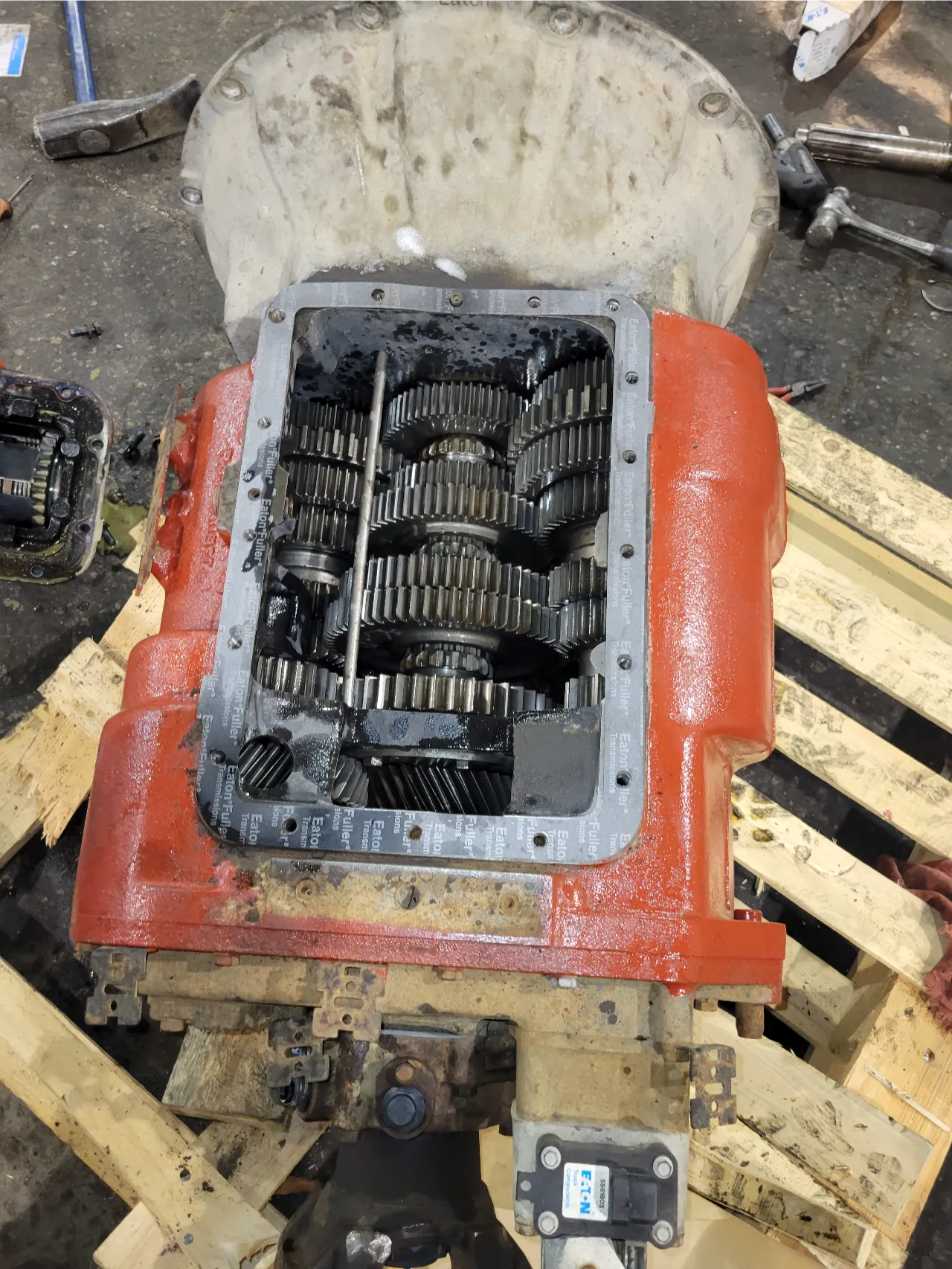Seasonal Maintenance Checklist for Caterpillar Equipment: From Summer Heat to Winter Freeze
Heavy-duty Caterpillar equipment handles extreme workloads but faces seasonal challenges. Summer heat, winter freezes, and changing conditions demand seasonal maintenance to keep machines reliable, productive, and safe year-round. Here's a season-by-season checklist to prevent downtime.

Heavy-duty Caterpillar equipment is built to handle extreme workloads, but can it withstand extreme weather conditions? Whether you operate dozers, excavators, loaders, or haul trucks, the changing seasons bring unique challenges that can push your equipment to its limits.
From summer heat that stresses your cooling systems to winter freezes that thicken your hydraulic fluid, staying ahead with seasonal maintenance is key to keeping your CAT machines productive, reliable, and safe year-round.
Let’s dig into a season-by-season maintenance checklist to help you protect your investment and avoid costly downtime.
Why Seasonal Maintenance Matters for Caterpillar Equipment
Caterpillar machines are designed to operate in harsh environments, but weather extremes introduce hidden risks like:
- Overheating engines in the hot summer months
- Battery failures during freezing temperatures
- Hydraulic fluid thickening in winter
- The cooling system strain occurs when airflow is restricted by debris
- Increased fuel system condensation in cold weather
If you wait until these problems happen, you’re already losing money. Seasonal maintenance helps you stay proactive rather than reactive, extending equipment life and improving uptime.
Spring Maintenance Checklist
As winter gives way to warmer weather, your CAT equipment must be de-winterized and prepped for higher utilization.
1. Inspect and Flush the Cooling System
- Drain old coolant and replace it if needed.
- Check radiator and coolant lines for blockages, leaks, or corrosion.
- Test the thermostat and fan clutch to ensure proper operation.
2. Check Hydraulic Hoses and Connections
- Inspect for cracks, leaks, and dry rot that may have been caused by winter cold.
- Tighten all fittings and replace any worn-out hoses.
3. Test and Clean the Battery
- Remove corrosion from battery terminals.
- Test voltage and cranking amps to ensure it can handle summer starts.
- Fully charge or replace weak batteries before using them heavily.
4. Inspect Air Filtration Systems
- Clean or replace cabin and engine air filters to improve airflow.
- Remove debris from intake screens and pre-filters.
5. Grease All Fittings and Moving Parts
- Use high-temperature grease to prep your equipment for hot operating conditions.
- Pay special attention to pins, bushings, and pivot points.
Summer Maintenance Checklist
Summers in North Carolina can be brutally hot and humid, putting your engine, cooling system, and hydraulics to the test.
1. Monitor Engine Cooling Performance
- Check coolant levels daily.
- Ensure your fan clutch engages properly under load.
- Clean radiators and coolers regularly to prevent airflow restriction.
2. Inspect Tire and Track Condition
- Heat can increase tire pressure and accelerate wear.
- Track tension should be checked frequently to avoid premature undercarriage wear.
3. Monitor Hydraulic Temperatures
- Excess heat reduces the life and efficiency of hydraulic fluid.
- Use temperature-rated hydraulic fluids to handle high ambient temperatures.
4. Check Fuel System Ventilation
- Inspect fuel caps and vents to avoid fuel vapour lock and evaporation issues.
5. Keep Operators Comfortable and Safe
- Inspect AC systems for functionality to reduce operator fatigue.
- Replace cabin air filters to maintain air quality.
Fall Maintenance Checklist
As temperatures drop, it’s time to winterize your fleet and ensure it’s ready for both cold-weather operation and potential off-season storage.
1. Change to Cold-Weather Fluids
- Switch to low-viscosity engine oil and hydraulic fluid designed for cold starts.
- Check coolant freeze protection levels to prevent engine damage.
2. Inspect and Replace Worn Wiper Blades
- Poor visibility in fall rains can lead to accidents or damage to machines.
3. Test Electrical and Charging Systems
- Ensure alternators and charging circuits are in top shape.
- Replace weak batteries that could fail in colder temperatures.
4. Inspect and Clean Fuel Systems
- Drain water separators to avoid fuel line freezing.
- Consider adding fuel stabilizers if you plan to store equipment for an extended period.
Winter Maintenance Checklist
Cold weather is notorious for causing hard starts, fluid thickening, and battery drain. Taking extra steps can keep your CAT equipment running strong through winter.
1. Preheat Engine and Hydraulic Systems
- Use block heaters, hydraulic fluid warmers, or battery warmers to improve cold starts.
- Allow for a warm-up period before full operation to protect components.
2. Inspect and Top Off Antifreeze
- Ensure antifreeze levels meet the manufacturer's specifications for freeze protection.
3. Monitor Tire Pressure and Track Tension
- Cold temperatures reduce air pressure in tires, which in turn impacts traction and load capacity.
- Track systems may require tension adjustments as materials contract.
4. Use Winter-Grade Diesel Fuel
- Switch to cold-weather fuel blends to avoid gelling.
- Add anti-gel treatments to fuel tanks if necessary.
5. Clear the Equipment of Ice and Snow Buildup
- Remove ice buildup around joints, linkages, and controls before operation.
Final Thoughts
Caterpillar machines are built for extreme conditions, but still need season-specific care to keep running strong. Whether battling summer heat or preparing for winter freezes, following this seasonal maintenance checklist can save you from expensive repairs, extend the lifespan of your equipment, and maximize your uptime.
Need help getting your fleet ready for the next season? Contact Competition Truck Repair in Kernersville, NC, to schedule a seasonal maintenance service today.

